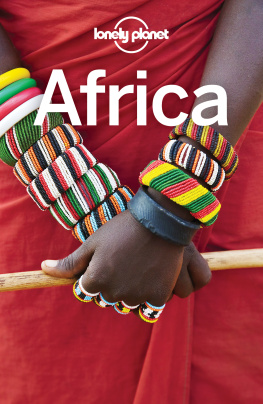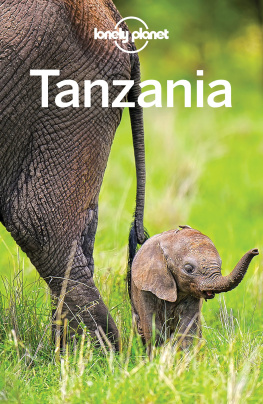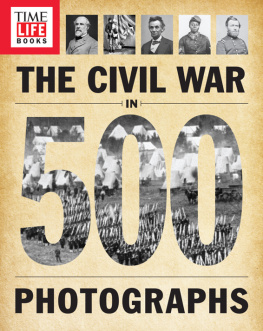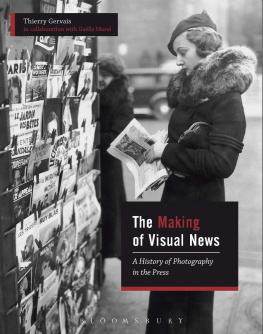100 PHOTOGRAPHS | the most influential images of all time

One of the three photographers who documented the construction of Rockefeller Center and the now-iconic Lunch Atop a Skyscraper


Philippe Halsman in his studio, circa 1950
| table of contents
by Ben Goldberger, Paul Moakley and Kira Pollack
by Geoff Dyer
by Mathew Brady
by Unknown
by James VanDerZee
by Dorothea Lange
by Margaret Bourke-White
by Yousuf Karsh
by Gordon Parks
by Frank Powolny
by Joe Rosenthal
by Yevgeny Khaldei
by Alfred Eisenstaedt
by Margaret Bourke-White
by Nat Fein
by W. Eugene Smith
by Hy Peskin
by Richard Avedon
by Alberto Korda
by Julius Shulman
by Malick Sidib
by Harry Benson
by Neil Leifer
by Unknown
by John Dominis
by Don McCullin
by Ron Galella
by Luis Orlando Lagos
by Susan Meiselas
by Co Rentmeester
by Therese Frare
by Annie Leibovitz
by Carleton Watkins
by Alexander Gardner
by Edward S. Curtis
by Alfred Stieglitz
by Lewis Hine
by Unknown
by Heinrich Hoffmann
by Sam Shere
by H.S. Wong
by Dmitri Baltermants
by Unknown
by Weegee
by Robert Capa
by Lieutenant Charles Levy
by David Jackson
by Peter Leibing
by Charles Moore
by Malcolm Browne
by Abraham Zapruder
by Eddie Adams
by Josef Koudelka
by Neil Armstrong, NASA
by John Paul Filo
by Nick Ut
by Kurt Strumpf
by Stanley Forman
by Sam Nzima
by Eddie Adams
by Jahangir Razmi
by Donna Ferrato
by Jeff Widener
by Ron Haviv
by James Nachtwey
by Kevin Carter
by Michael Nichols
by Richard Drew
by Sergeant Ivan Frederick
by Tami Silicio
by Chris Hondros
by Brent Stirton
by Pete Souza
by Joseph Nicphore Nipce
by Louis Daguerre
by Roger Fenton
by Eadweard Muybridge
by Jacob Riis
by Wilhelm Conrad Rntgen
by Edward Steichen
by Paul Strand
by August Sander
by Erich Salomon
by Henri Cartier-Bresson
by Unknown
by Robert Capa
by Philippe Halsman
by Robert Frank
by Harold Edgerton
by Lennart Nilsson
by William Anders, NASA
by Cindy Sherman
by Robert Mapplethorpe
by Nancy Burson
by Andres Serrano
by Richard Prince
by NASA
by Philippe Kahn
by Andreas Gursky
by Unknown
by David Guttenfelder
by Bradley Cooper
by David Von Drehle

Nine of Robert Capas surviving negatives from D-Day. Most of the film showed no images after processing, and only some frames survived.
DEFINING INFLUENCE
By Ben Goldberger, Paul Moakley and Kira Pollack
W e began this project with what seemed like a straightforward idea: assemble a list of the 100 most influential photographs ever taken. If a picture led to something important, it would be considered for inclusion. From that simple concept flowed countless decisions. Though photography is a much younger medium than paintingthe first photo is widely considered to date from 1826the astonishing technological advances since then mean that there are now far more pictures taken every day than there are canvases in all the worlds galleries and museums. In 2014 alone, hundreds of billions of images were made.
How do you narrow a pool that large? You start by calling in the experts. We reached out to curators, historians and photo editors around the world for suggestions. Their thoughtful nominations whittled the field, and then we asked TIME reporters and editors to see if those held up to scrutiny. That meant conducting thousands of interviews with the photographers, picture subjects, their friends and family members and others, anywhere the rabbit holes led. It was an exhaustive process that unearthed some incredible stories that we are proud to tell for the first time.

Mathew Bradys 1860 portrait of Abraham Lincoln as seen on a campaign carte de visite.

Jeff Wideners Tank Man photograph on the front page of the June 6, 1989, New York Times.
There is no formula that makes a picture influential. Some images are on our list because they were the first of their kind, others because they shaped the way we think. And some made the cut because they directly changed the way we live. What all 100 share is that they are turning points in our human experience.
A list about influence necessarily leaves off its fair share of iconic pictures and important photographers. A survey class in great photographers would surely include Ansel Adams and Walker Evans. And yet no single one of the pictures Adams took inside Yosemitemajestic as they arecould rival in influence Carleton Watkins work, which actually led to the creation of the park. Similarly, no one of Evans deservedly celebrated pictures from the Depression conveyed the human toll of that dark period with the immediate force of Dorothea Langes Migrant Mother.
Photography was born of a great innovation and is constantly reshaped by new ones. So it is fitting that our definition of an influential photo changes along with the ways pictures are taken and seen. There were other photographers who captured the man confronting a column of Peoples Liberation Army tanks during the Tiananmen Square protests in 1989. But only Jeff Wideners picture of Tank Man was sent out over the wire of the Associated Press. For almost seven decades, that wire was the most powerful distribution tool in photography, offering the fastest route to the largest audience. It is possible that even such an astounding image as the one Eddie Adams took of an execution in Saigona masterwork that distilled the futile horror of the Vietnam War into a single framemight not have become iconic had it not been launched far and wide by the AP.

Stills from Abraham Zapruders film of John F. Kennedys assassination pictured in the November 29, 1963, issue of LIFE.

The July 23, 1964, issue of Jet magazine featuring David Jacksons photographs of Emmett Till.

Led Zeppelin used Sam Sheres photograph of the Hindenburg disaster on the cover of its debut album.
In other cases, it was the appearance on the cover of a magazine or the front page of a newspaper that lent a photo its influence. The first time the world saw Abraham Zapruders haunting images of John F. Kennedys assassination was not as a moving picture but as a series of frame-by-frame stills published in LIFE magazine. Before televisions were in every home, the photos that ran in LIFE influenced how a lot of people understood their world. But LIFE was far from alone. In 1955, Jet magazine published pictures from the open-casket funeral of Emmett Till, a 14-year-old African American murdered for supposedly flirting with a white woman in Mississippi. The photo of Tills mother grieving over her sons mutilated body became a clarion call for the nascent civil rights movement.
Next page
























